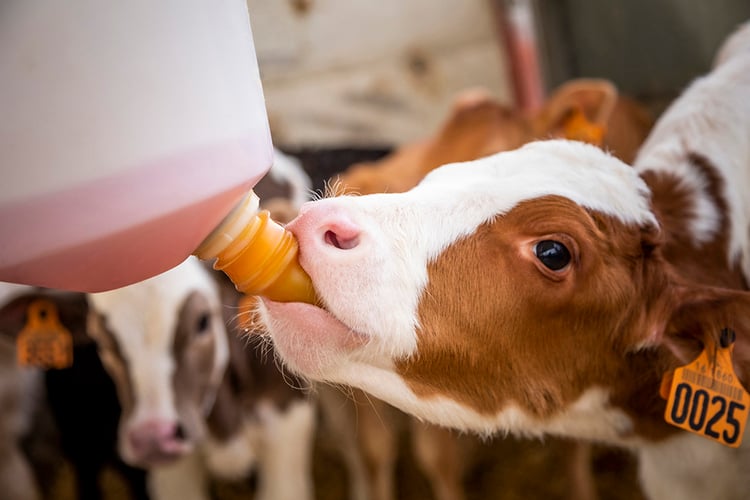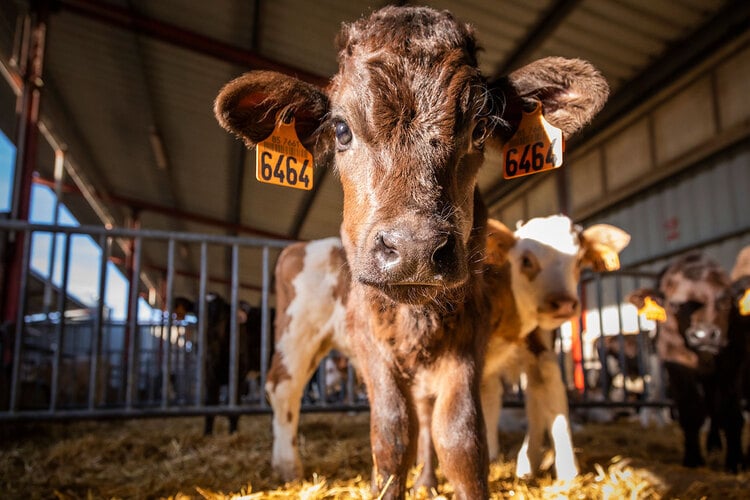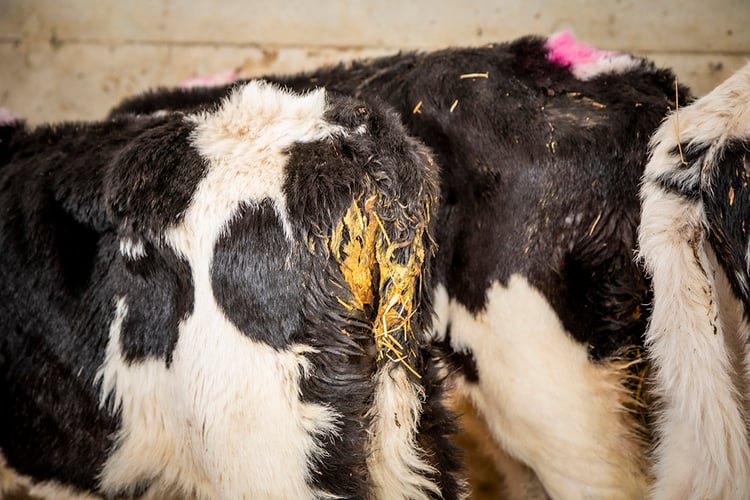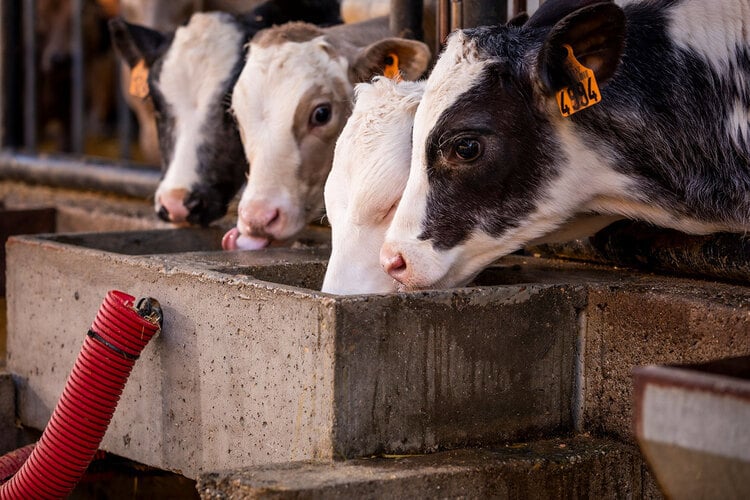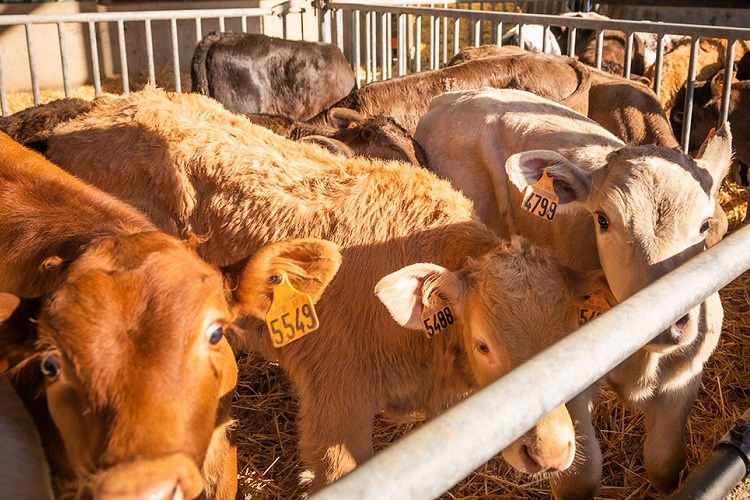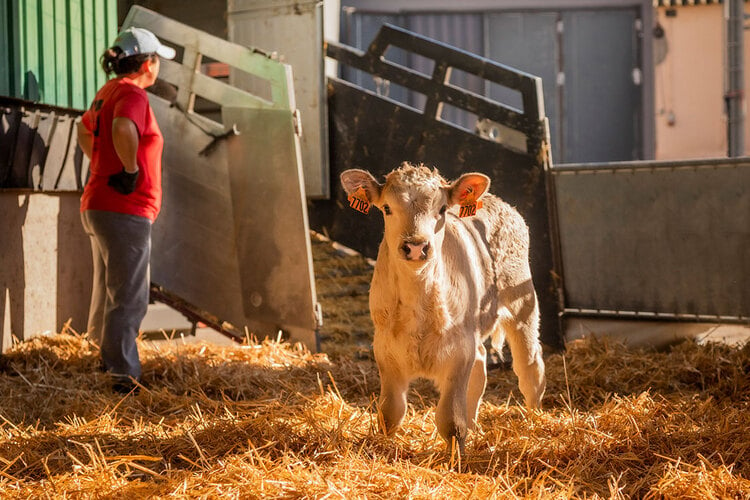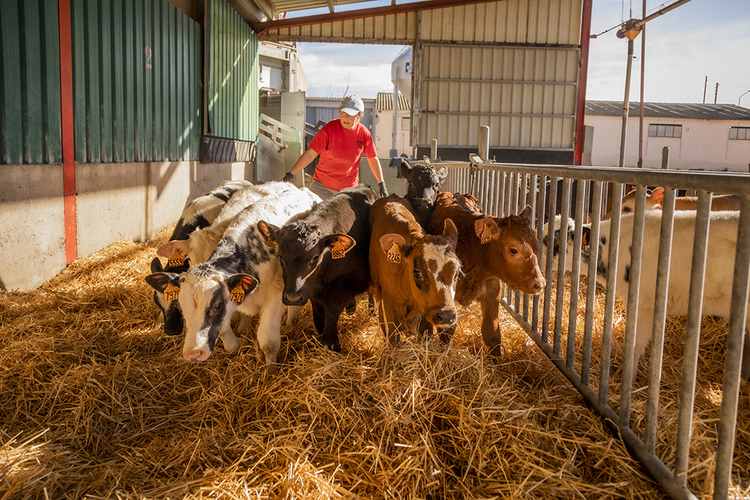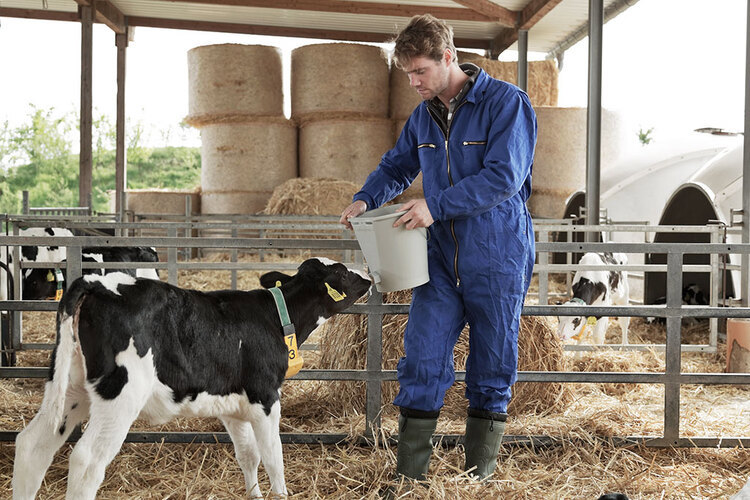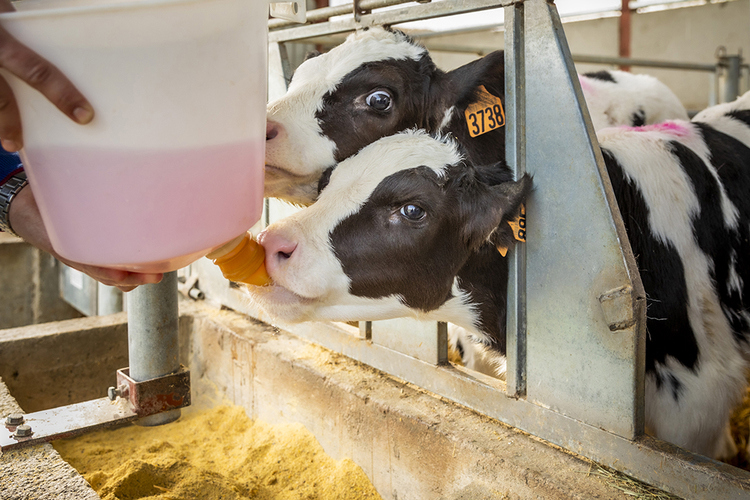A hypotonic OES resulted in a better correction of base excess and lower faecal water and sodium losses compared to a hypertonic OES.
Lactobalance
whole milk has an osmolality of about 330 mOsm/L. Many calf milk replacers have an osmolality that is much higher. As a result of feeding such a calf milk replacer, water may move into the GI tract, leading to a reduction of faeces consistency and an increased risk to develop diarrhoea.

